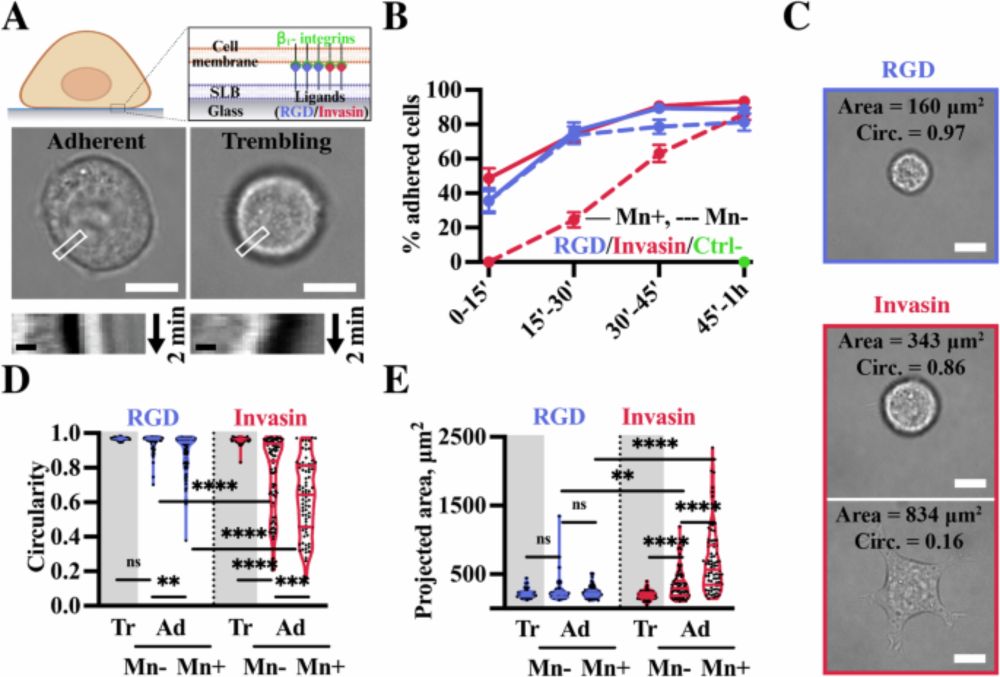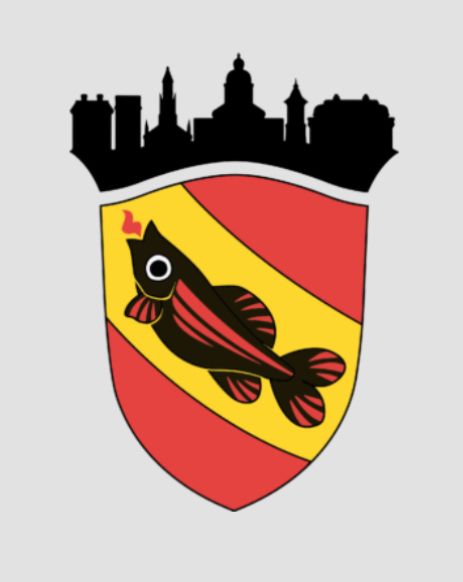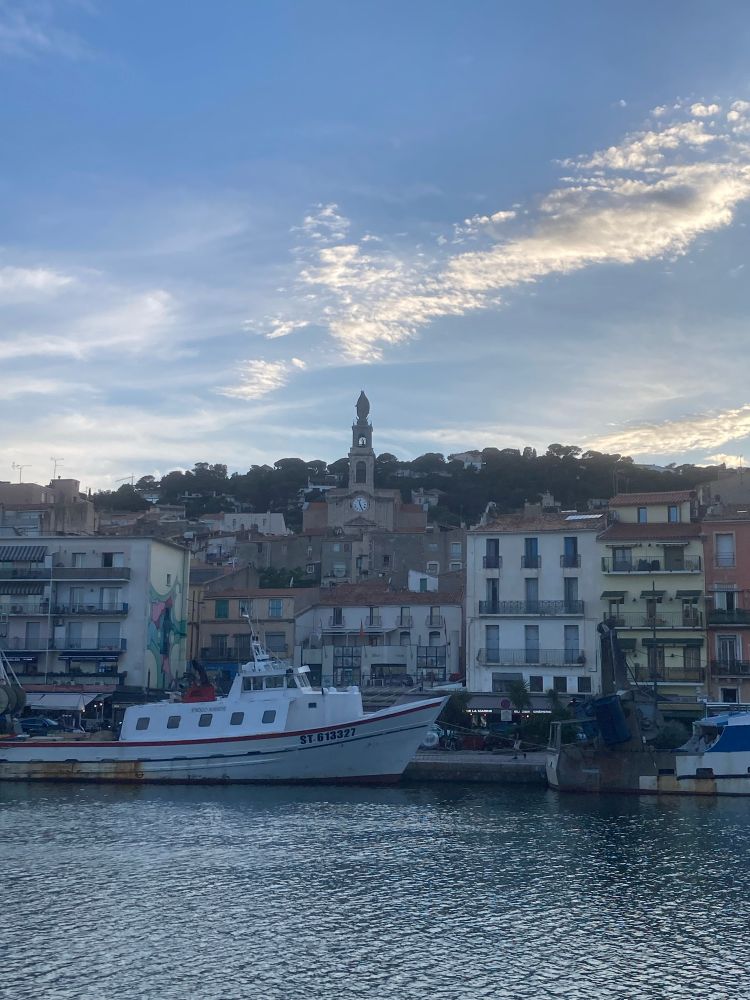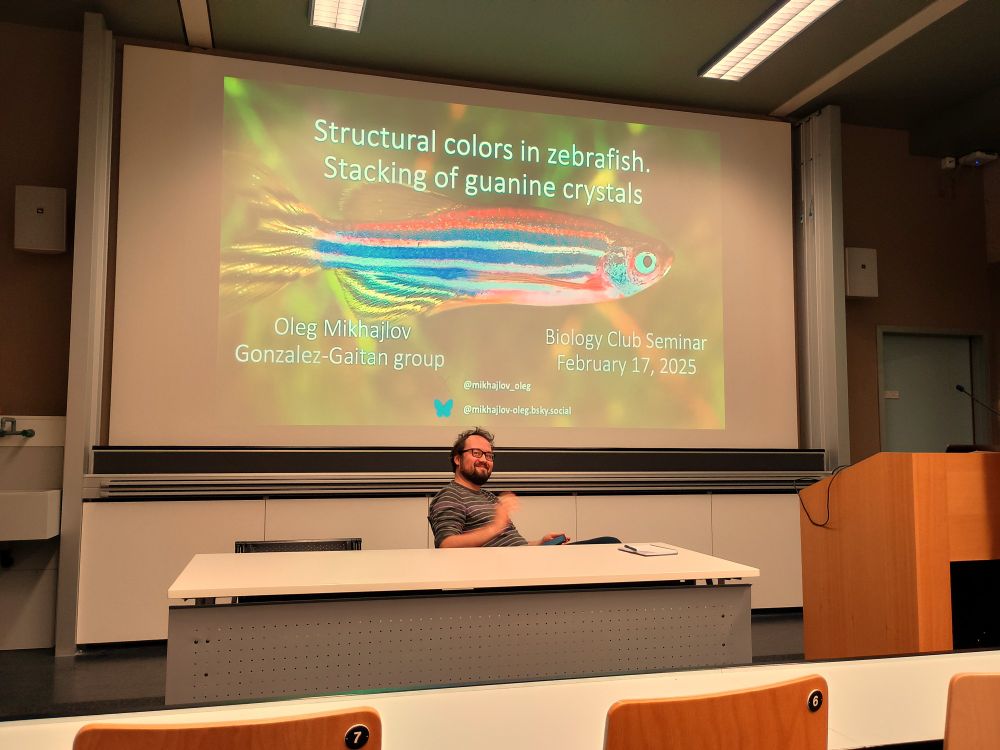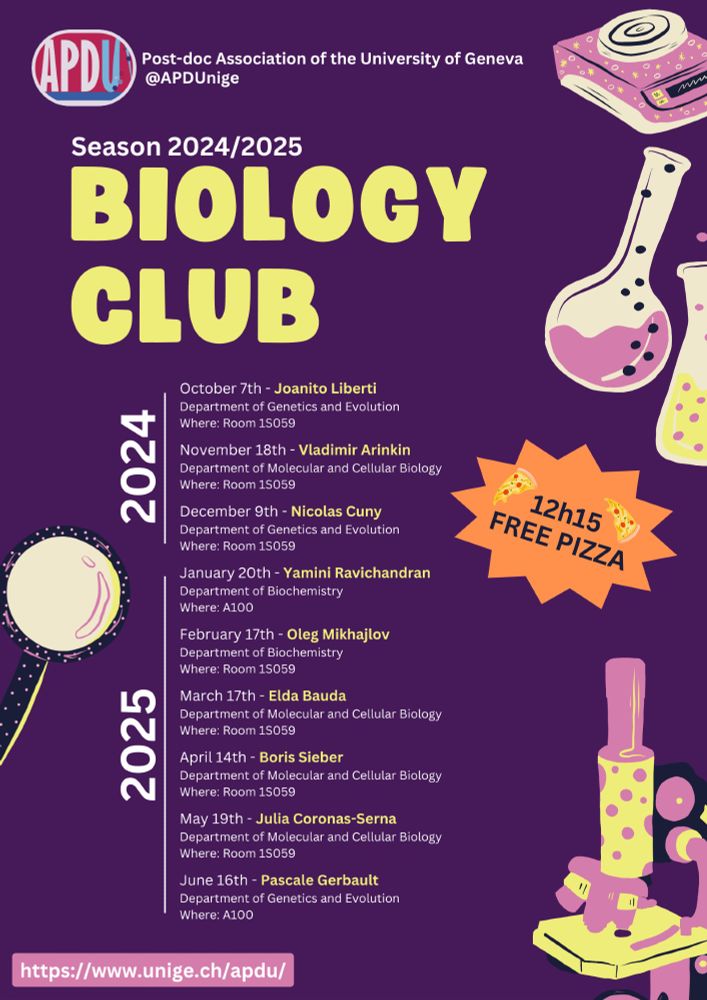Oleg Mikhajlov
@mikhajlov-oleg.bsky.social
120 followers
370 following
16 posts
Postdoc at the University of Geneva, specialising in structural color pigment formation in zebrafish using biophysical techniques and microscopy. Former PhD researcher @institutcurie.bsky.social, focused on cell adhesion on fluid substrates.
Posts
Media
Videos
Starter Packs
Reposted by Oleg Mikhajlov
Reposted by Oleg Mikhajlov


